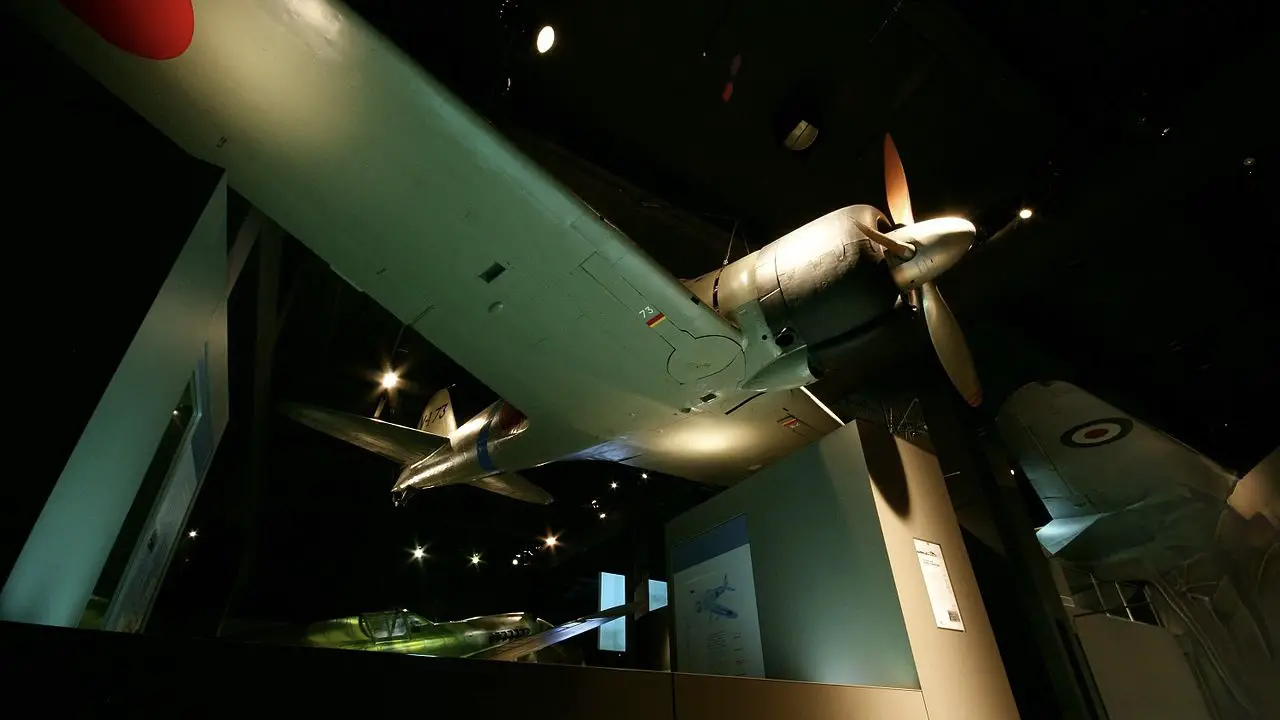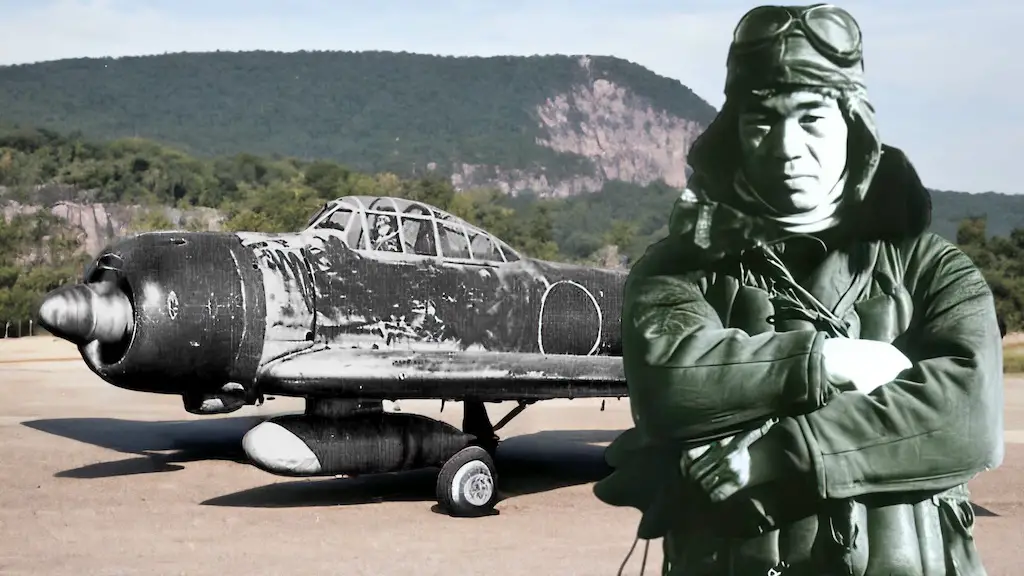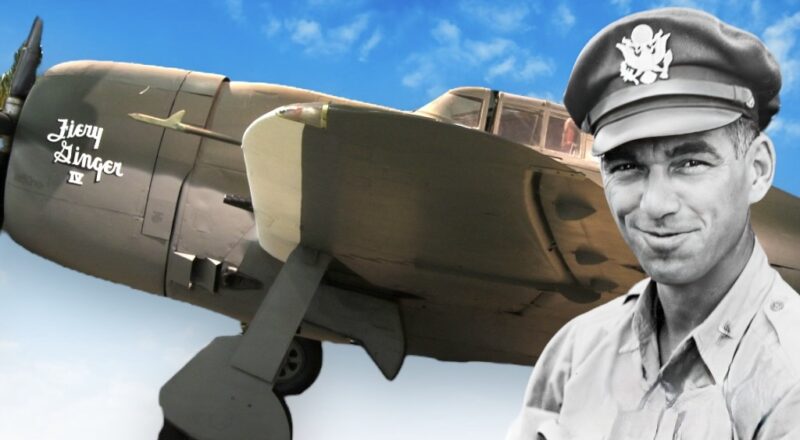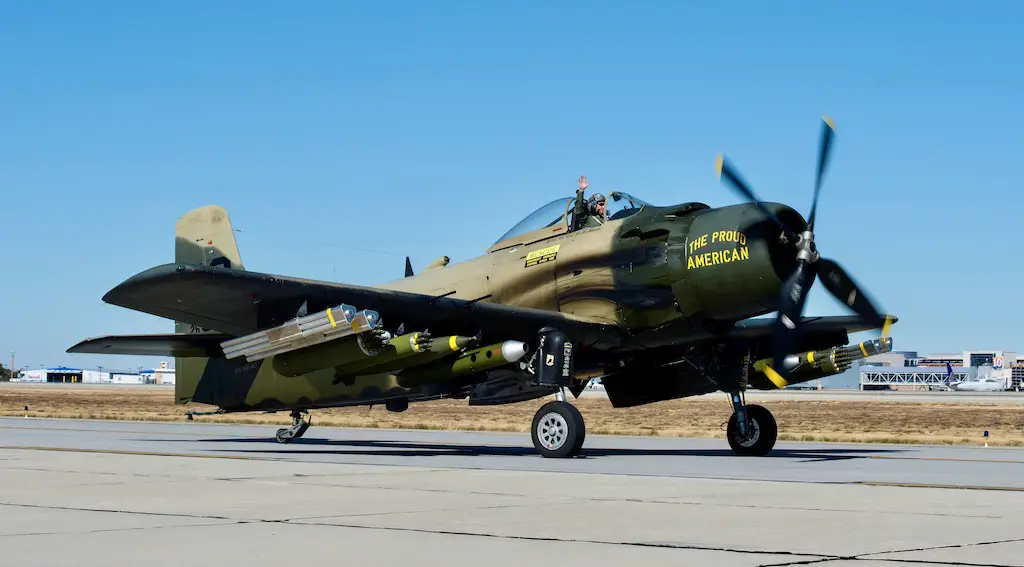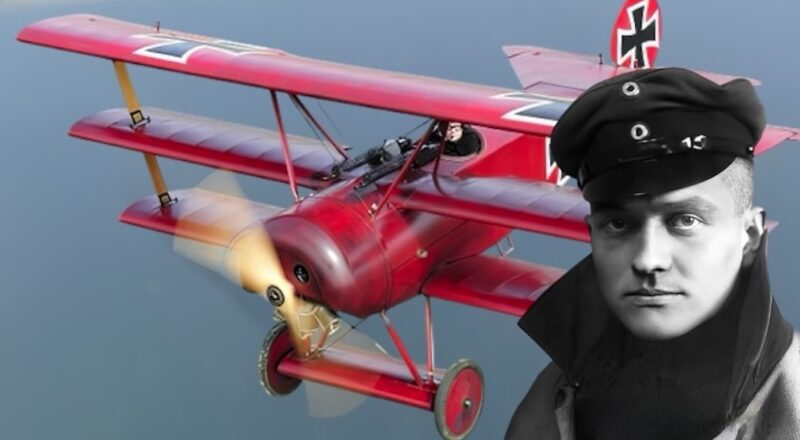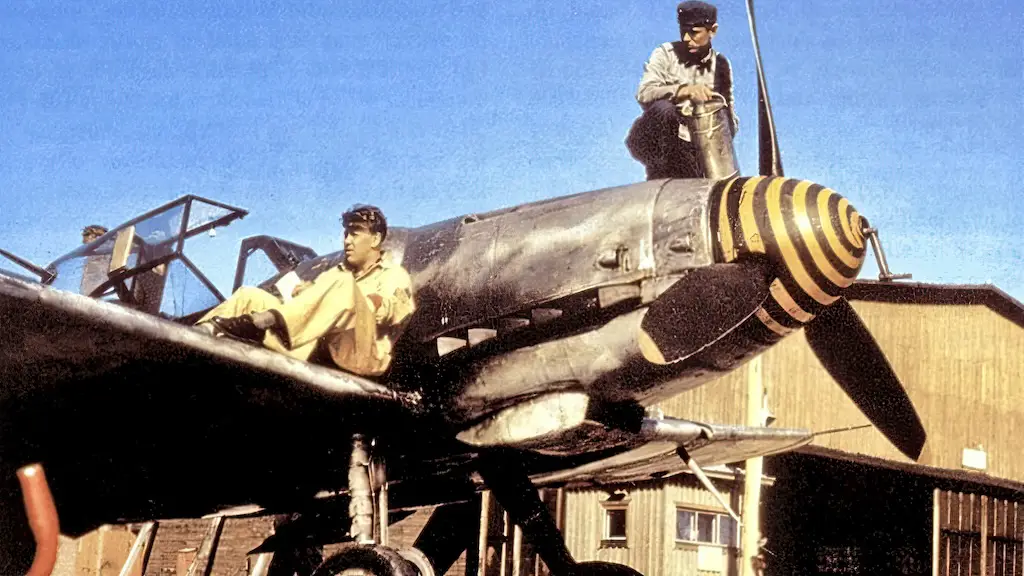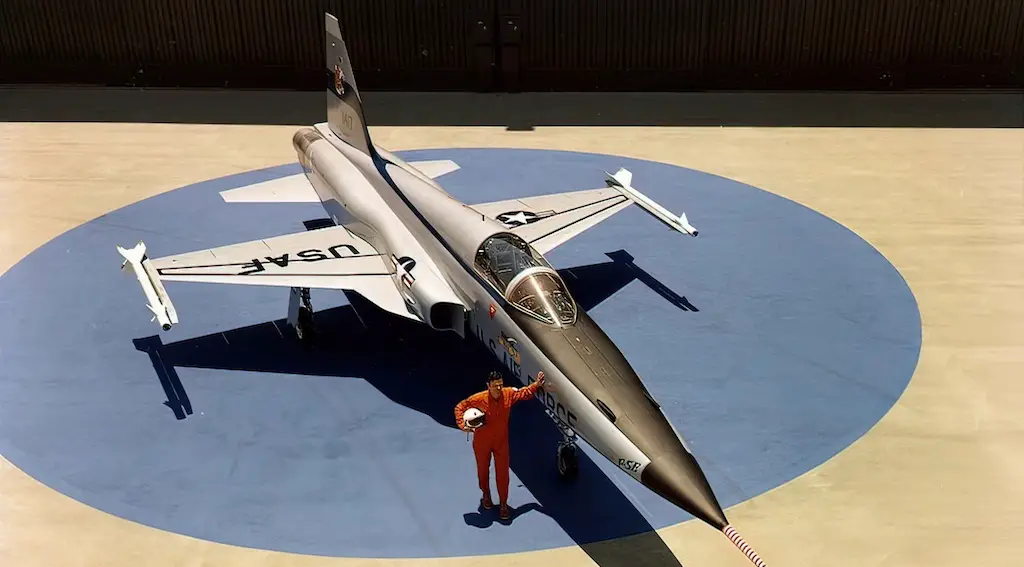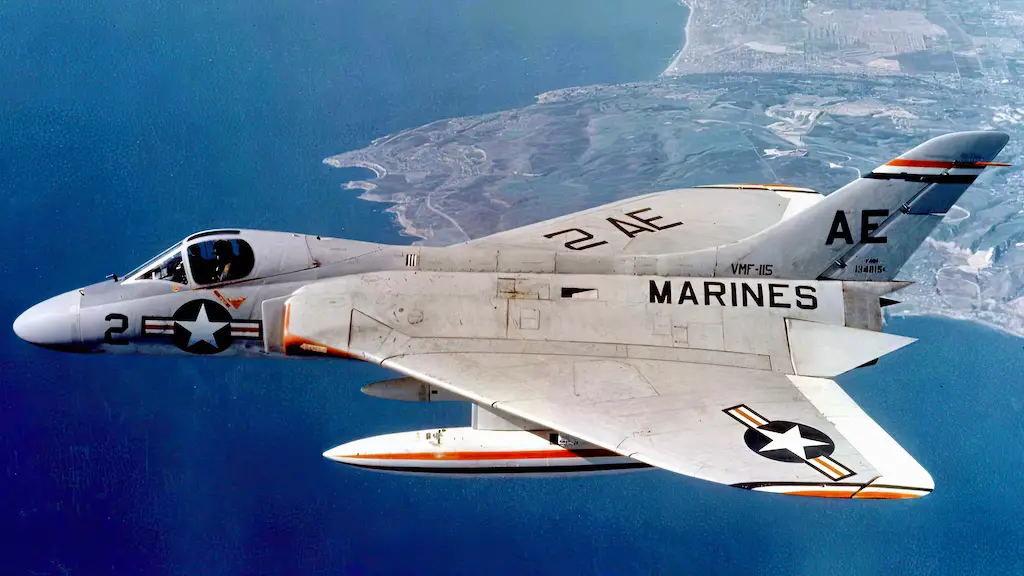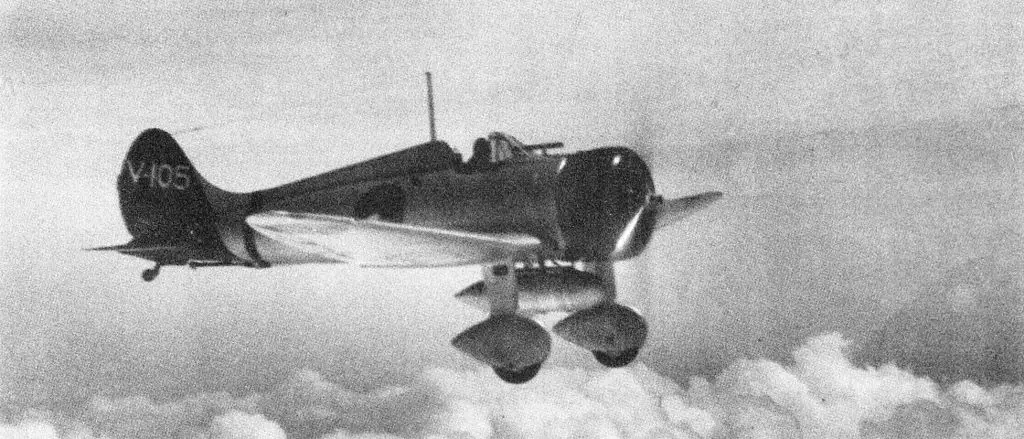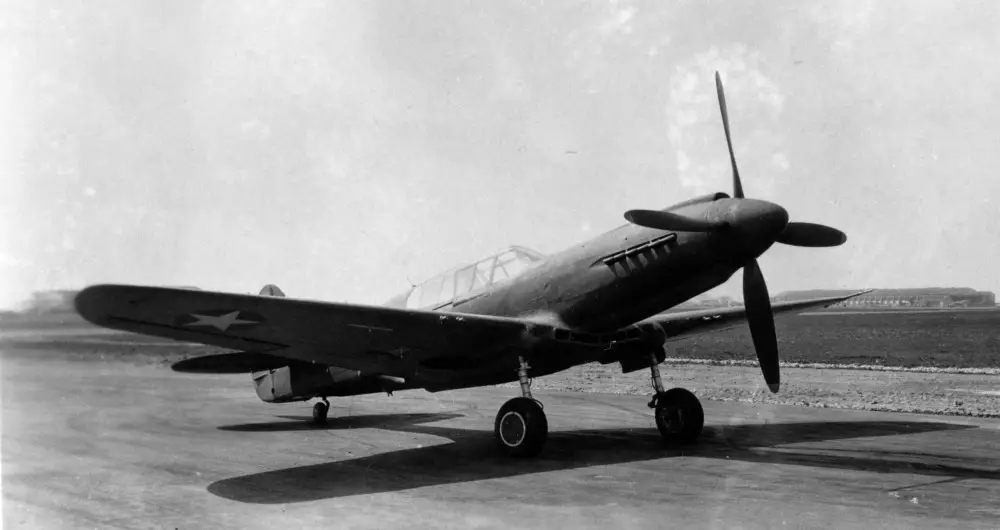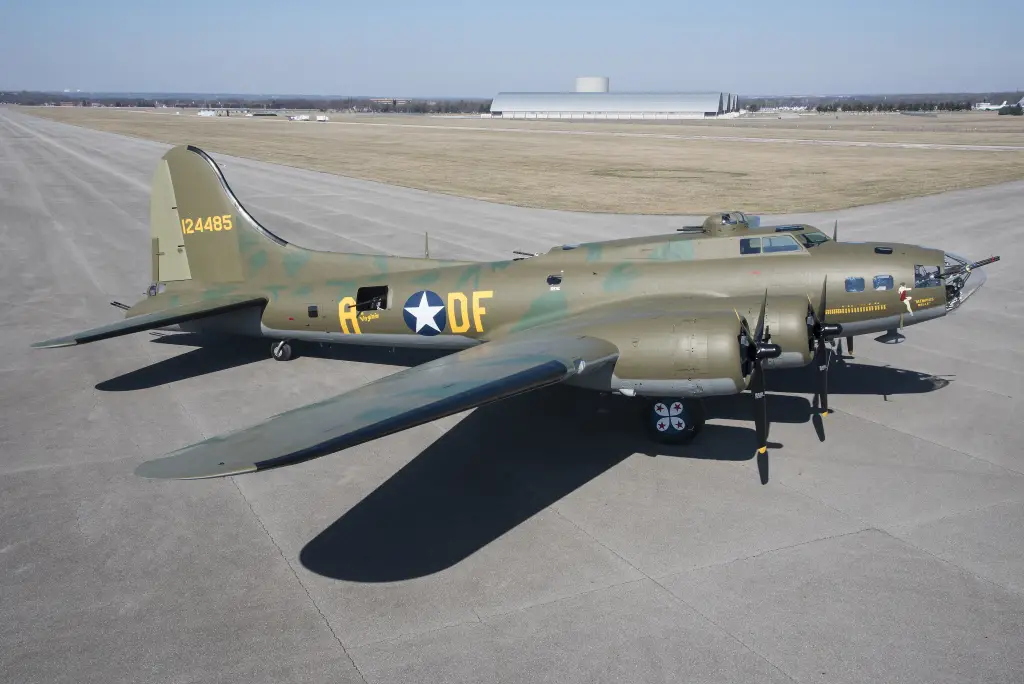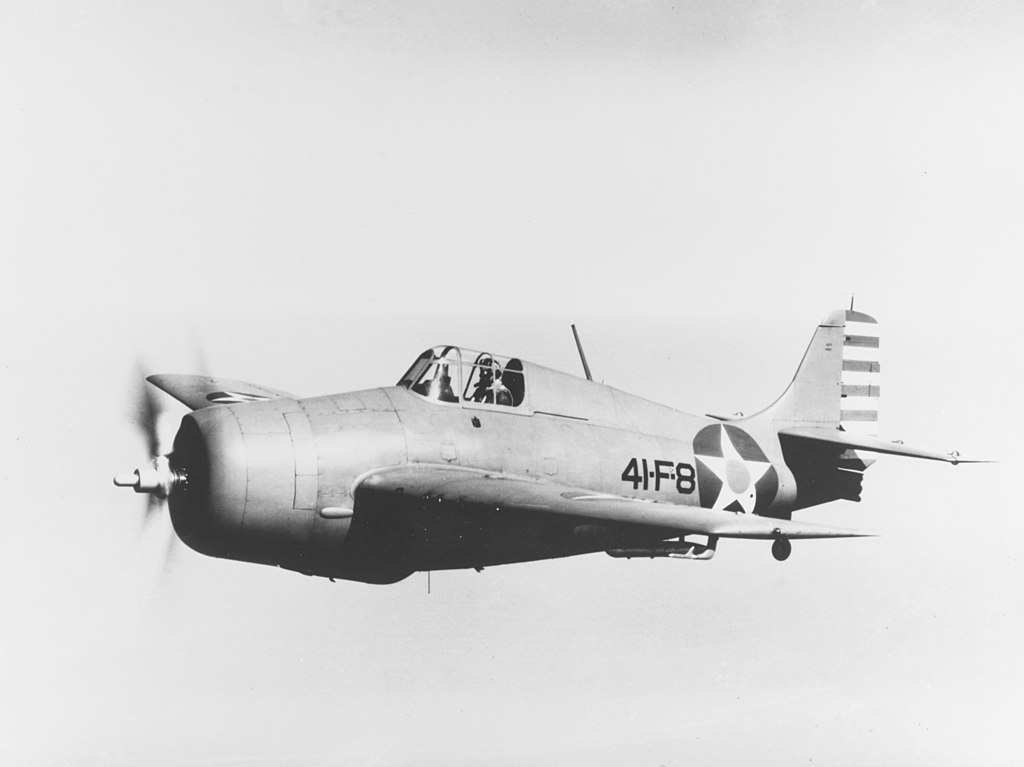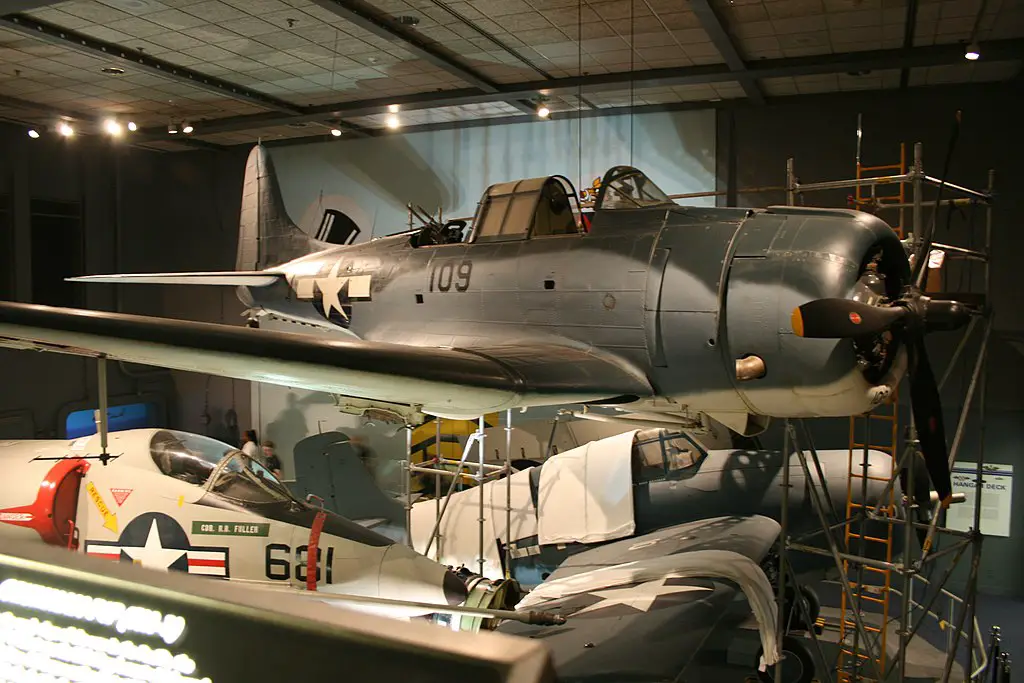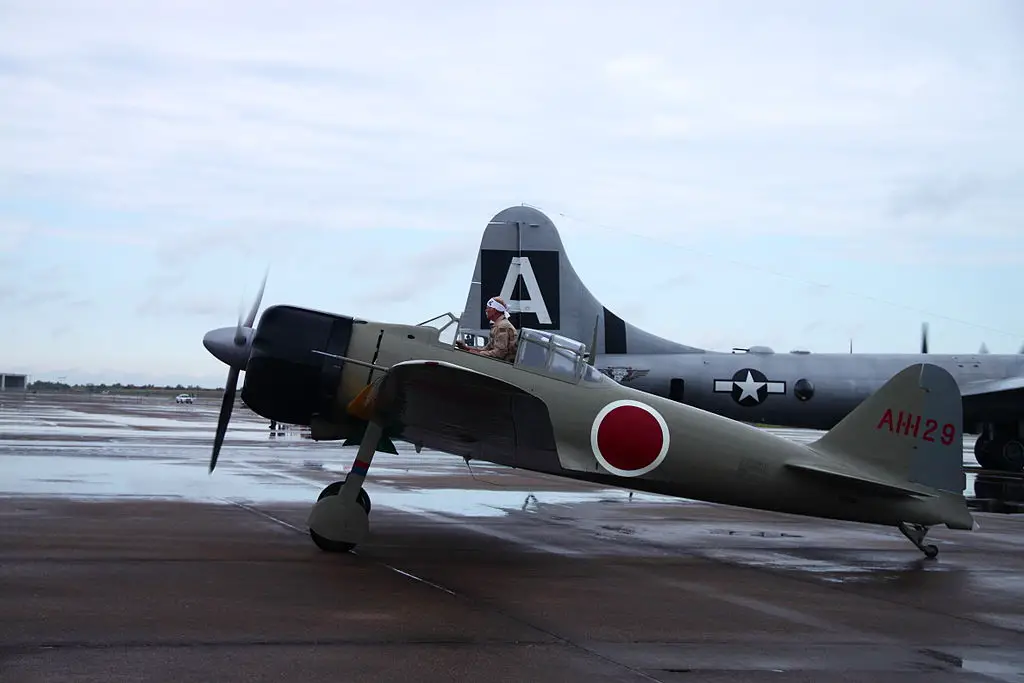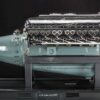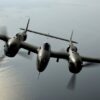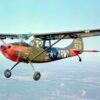Born with the Spirit of a Warrior
Saburō Sakai’s story is one of heroism, perseverance, and survival against all odds. Born in Saga Prefecture on August 25, 1916, he belonged to a lineage steeped in samurai traditions. These ancient warriors once fought in the Japanese invasions of Korea before settling into farming. Life dealt Sakai a harsh blow early on; his father passed away when he was just 11, leaving his mother to care for seven children. Adopted by his maternal uncle, Sakai tried to pursue education in Tokyo but soon returned to Saga. However, destiny had other plans. At 16, he enlisted in the Imperial Japanese Navy, gradually climbing the ranks. His determination saw him graduate as a carrier pilot in 1937, having secured the top spot in his class.
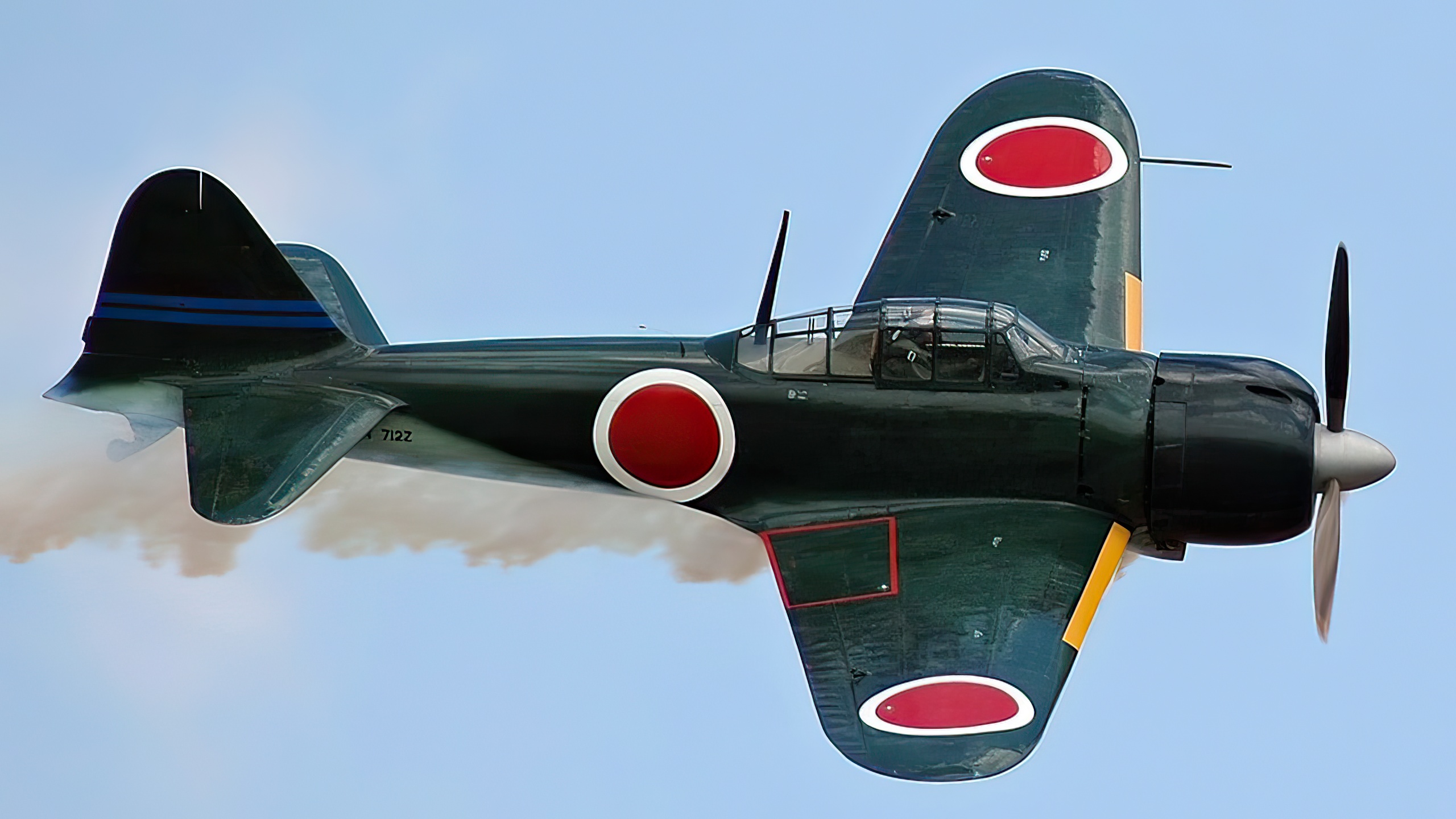
A Rising Star in the Skies of War
The onset of the Second Sino-Japanese War in 1938 marked Sakai’s debut in aerial combat. Behind the controls of the Mitsubishi A5M, he faced battle scars and recognition. As WWII expanded into Southeast Asia, Sakai’s star shone brighter. Joining the Tainan Air Group, he contributed to the attack on the Philippines, taking down formidable aircraft like the P-40 Warhawk and B-17 Flying Fortresses. His tenure in Borneo saw him rack up 13 aerial victories before health issues briefly grounded him. As the war intensified in the Pacific Theater, Sakai and his fellow pilots found themselves grappling with the ingenious “Thach Weave” combat tactic used by US pilots. Regardless, Sakai’s skills remained undeniable, as evidenced by his downing of an F4F Wildcat and, shortly after, a Douglas SBD Dauntless.
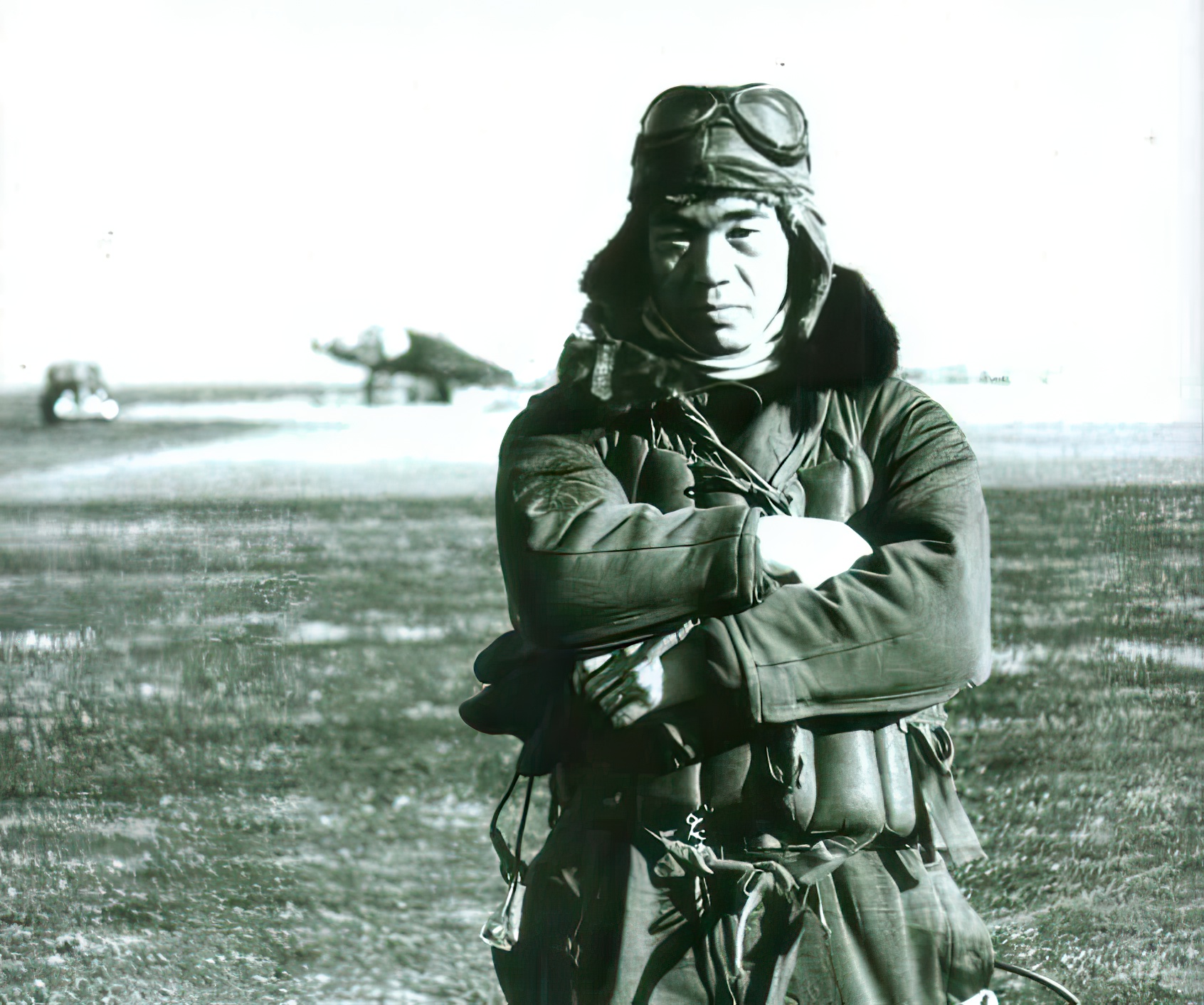
A Brush with Death Above the Pacific
Sakai’s unyielding spirit met its greatest test in August 1942. After shooting down an enemy aircraft, he misidentified a formation of bombers, diving headlong into danger. The ensuing combat left Sakai severely wounded; a .30 caliber bullet grazed his skull, shattered glass blinded him, and his plane spiraled towards the sea. Yet, the ace pilot’s resilience shone. Tears cleared the blood from his eyes, and he regained control, contemplating an honorable samurai’s death by crashing into an enemy warship. But a surge of determination saw him leaning the fuel mixture, calculating he might reach Rabaul. After an excruciating flight lasting 4 hours and 47 minutes, covering over 560 nautical miles, he made a near-perfect landing. His immediate action after? Reporting his mission before seeking medical help.
War’s End and New Beginnings
Following a grueling recovery, Sakai returned to the skies in January 1943, albeit primarily in a training role. The changing tides of the war saw Japan on the back foot, yet Sakai yearned for combat. November 1943 saw him elevated to flying warrant officer, leading into another series of daring engagements, including near-misses and aerial duels over Iwo Jima. When Japan finally surrendered, Sakai’s life took another dramatic turn. He got married, but sadly, his wife Hatsuyo died in 1947.
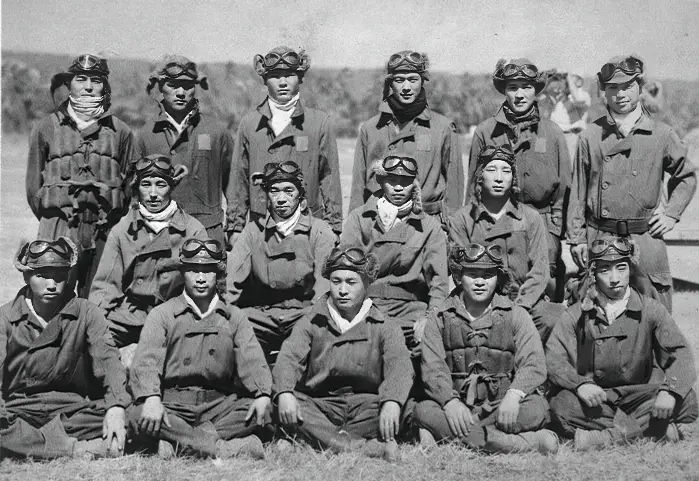
A Peaceful Horizon
Post-war Japan was a nation in turmoil, and Sakai too had his struggles. Bidding adieu to his Navy days, he embraced Buddhism, vowing never to harm another living being. His pacifism extended to his understanding of the war’s grim conclusion, saying he could empathize with America’s decision to drop atomic bombs. The years ahead saw him remarrying, setting up a printing shop, and leading a life away from the battlefield’s chaos. Saburō Sakai’s A6M2 Zero now sits preserved at the Australian War Memorial, a silent tribute to a man whose life was a remarkable blend of warrior spirit, unmatched skill, and profound peace.
